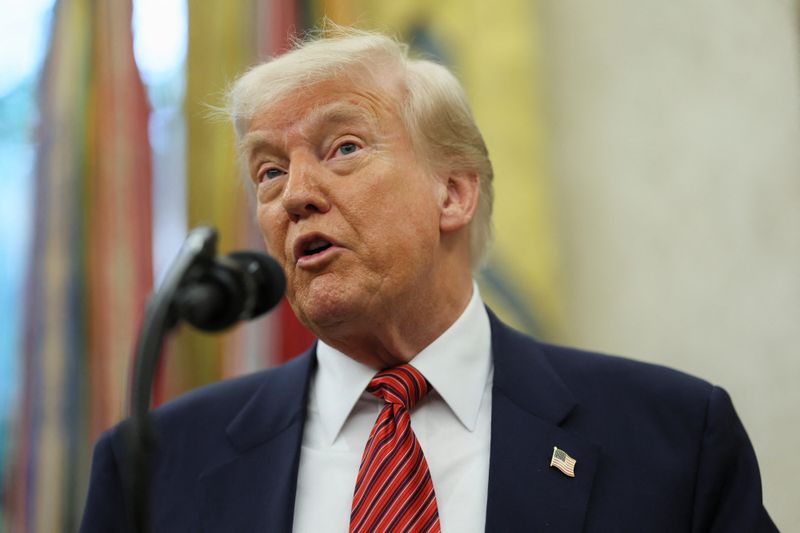
The United States Customs and Border Protection (CBP) has issued a draft notice detailing the implementation of additional tariffs on products imported from India. This move follows President Donald Trump’s announcement to raise tariffs on Indian goods to 50 percent, effective August 27, 2025. The decision is part of a broader strategy outlined in Executive Order 14329, aimed at addressing perceived threats to the United States by foreign governments.
According to the draft notice, the additional tariffs are a direct response to President Trump’s executive order, which was signed on August 6, 2025. The order specifies a new rate of duty on imports of Indian products, reflecting the administration’s stance on international trade relations and geopolitical dynamics.
Background and Implementation
The draft notice, which is set to be published officially on August 27, 2025, indicates that the Secretary of Homeland Security has deemed it necessary to modify the Harmonized Tariff Schedule of the United States (HTSUS) in accordance with the executive order. The CBP clarified that from 12:01 am eastern daylight time on that day, the increased tariffs will apply to all Indian products entering the United States or withdrawn from warehouses for consumption.
This development follows an earlier announcement by President Trump on July 30, where he declared an additional 25 percent tariff on Indian goods. Trump’s statement on Truth Social highlighted concerns over India’s trade practices and its economic ties with Russia.
“Remember, while India is our friend, we have, over the years, done relatively little business with them because their Tariffs are far too high, among the highest in the World, and they have the most strenuous and obnoxious non-monetary Trade Barriers of any Country,” Trump stated.
Reactions and Implications
Prime Minister Narendra Modi responded to the impending tariffs with a message of resilience, emphasizing India’s commitment to strengthening its economic independence. Speaking at a public event in Ahmedabad, Modi underscored the achievements of the Atmanirbhar Bharat Abhiyan, a national initiative aimed at boosting self-reliance.
“No matter how much pressure comes, we will keep increasing our strength to withstand it. Today, the Atmanirbhar Bharat Abhiyan is getting a lot of energy from Gujarat and behind this are two decades of hard work,” Modi stated.
Meanwhile, the Federation of Indian Chambers of Commerce & Industry (FICCI) expressed disappointment over the US decision, labeling it as unfortunate and potentially detrimental to India’s export sector. Indian trade bodies have echoed these sentiments, warning of the tariffs’ impact on the export market while also identifying opportunities for diversification and supply chain realignment.
Expert Opinions and Future Outlook
Industry experts have weighed in on the potential consequences of the increased tariffs. While some foresee short-term disruptions in trade, others remain optimistic about India’s robust manufacturing capabilities, particularly in pharmaceuticals and medical equipment. These sectors are expected to cushion the blow and help forge new trade partnerships.
The move represents a significant shift in US-India trade relations, with potential ripple effects across global markets. As both nations navigate these changes, the focus will likely turn to diplomatic negotiations and strategic economic adjustments.
Looking ahead, the situation underscores the complexities of international trade and the delicate balance between economic interests and geopolitical considerations. As the August 27 deadline approaches, stakeholders on both sides will be closely monitoring developments and preparing for the implications of the new tariff regime.





